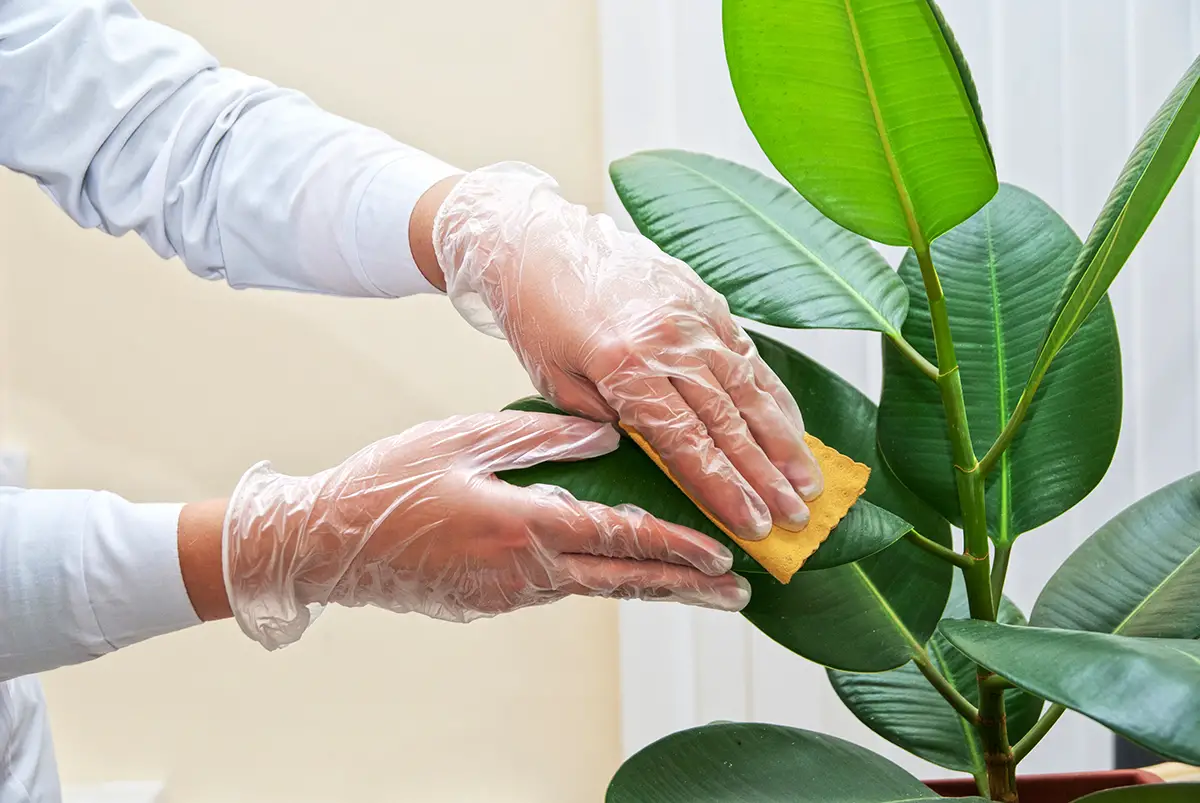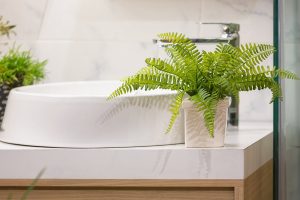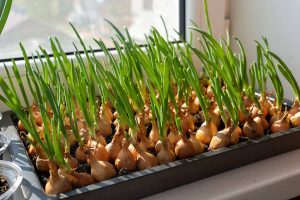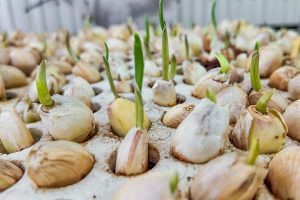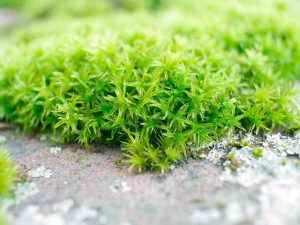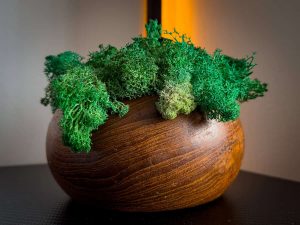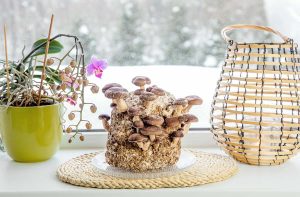You notice a layer of dust settling on the leaves of your beloved fiddle leaf fig, making it look dull and unhealthy. Cleaning your houseplants properly can revive their appearance and promote better growth. Follow these dos and don’ts to ensure your plants stay clean and vibrant.
Dos
Proper cleaning enhances the health and appearance of your houseplants. Here is what you should do.
Do Dust Regularly
Dust your houseplants weekly. Dust blocks sunlight, essential for plant health. Use a soft cloth or microfiber duster for this task. Work gently to avoid damaging delicate leaves. Regular dusting also helps you spot early signs of pests or diseases.
Do Use Lukewarm Water
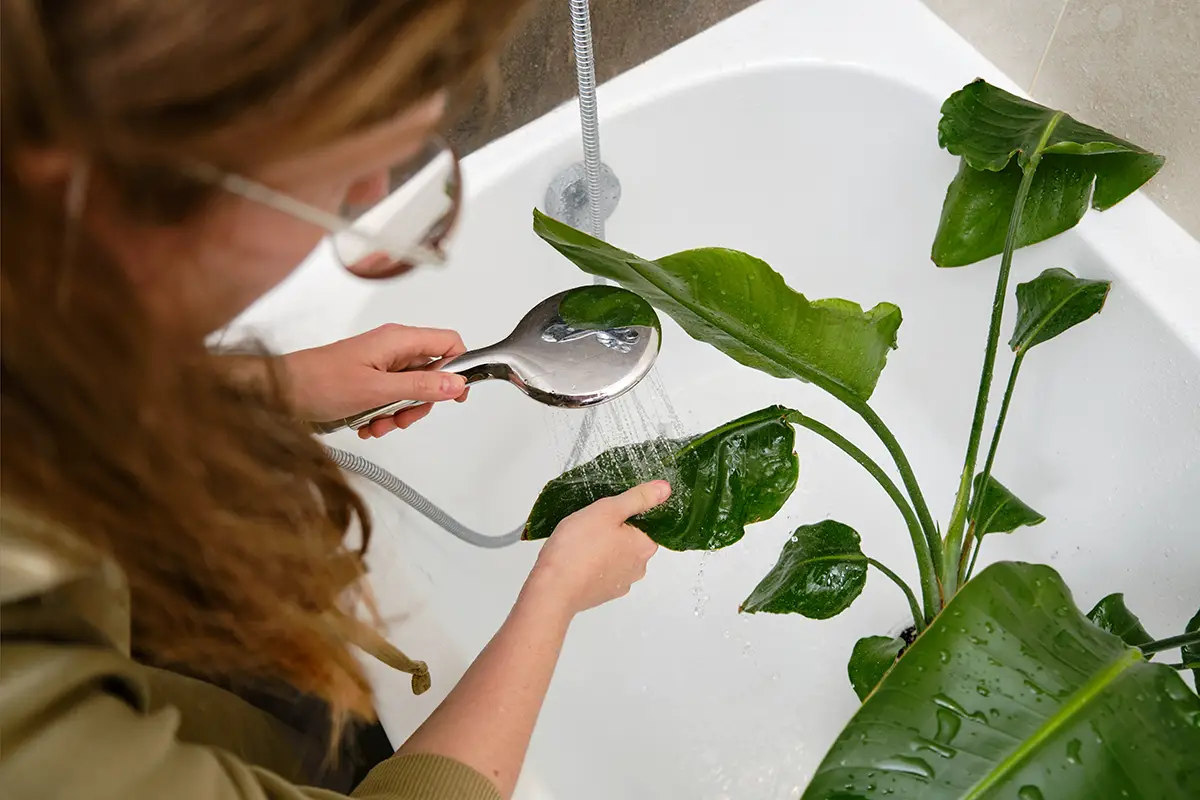
Use lukewarm water when cleaning your houseplants. Cold water can shock plant roots and leaves, while hot water can cause damage. Lukewarm water ensures a gentle, thorough clean. Test by feeling the water; it should be slightly warmer than room temperature.
Do Support the Leaves
Support plant leaves during cleaning. Hold larger leaves with your hands to prevent snapping or tearing. This practice helps avoid unnecessary stress on the plant. Support is crucial for plants with thin, fragile leaves.
Do Use a Mild Soap Solution
Prepare a mild soap solution using water and gentle dish soap. This solution effectively removes grime and pests without harming your plant. Use about a quarter teaspoon of soap per quart of water to maintain a safe concentration.
Do Rinse Thoroughly
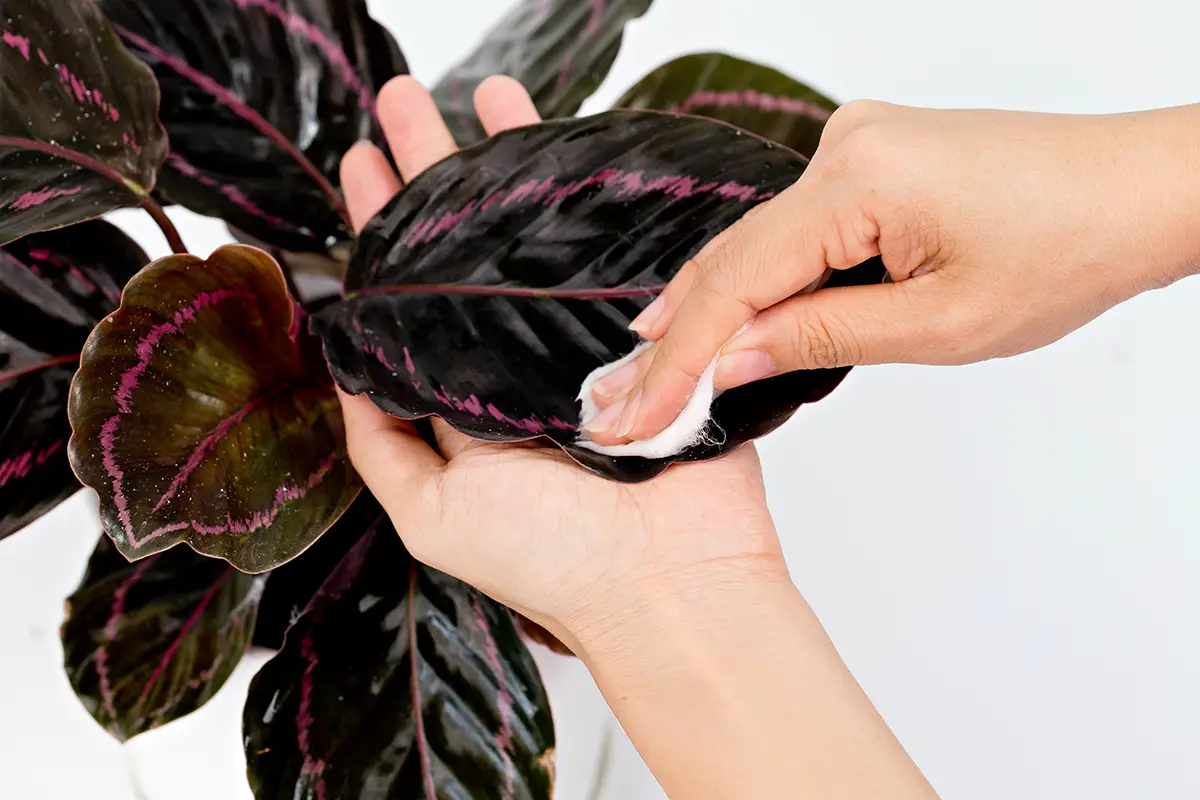
Rinse plants thoroughly after cleaning. Soap residue can attract dust and pests. Use lukewarm water to rinse each leaf and stem. Ensure all soap is washed away to keep your plant healthy and vibrant.
Do Use a Soft Brush
Utilize a soft brush for cleaning textured or hairy leaves. A toothbrush is ideal for this purpose. Brush gently to remove dust and debris. This approach is perfect for plants like African violets, which have delicate surfaces.
Do Clean Both Sides of the Leaves
Clean both the upper and lower sides of the leaves. Pests often hide on the undersides, so being thorough ensures a healthier plant.
Do Check for Pests
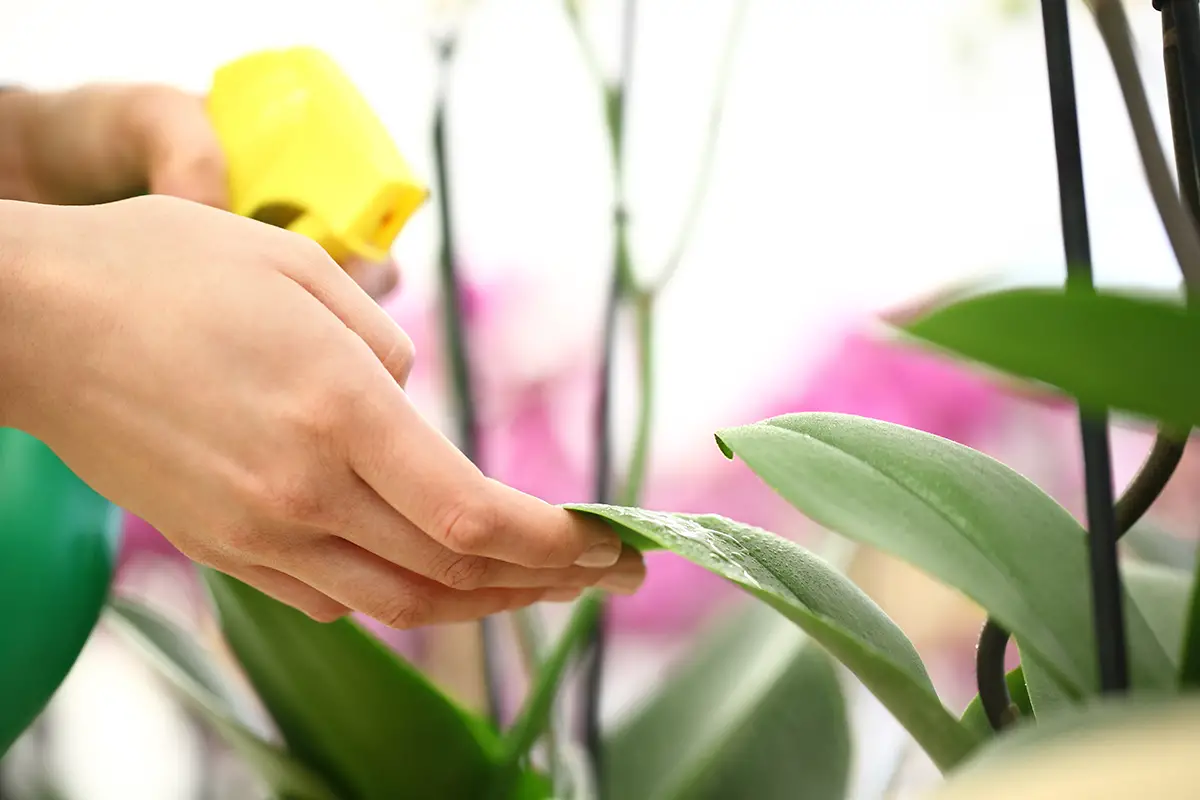
Always inspect for pests while cleaning. Look for tiny insects, webbing, or spots on the leaves. Catching pests early prevents significant damage. Immediate action can save your plant from serious infestations.
Do Allow Leaves to Dry
Allow the leaves to dry completely after cleaning. Water left on leaves can lead to mold and fungal growth. Position your plant where air circulates freely. This practice ensures the plant stays healthy and vibrant.
Do Clean Pots and Planters
Clean pots and planters as well. Dirt and mineral build-up can harm roots, so make sure to wash the containers. Rinse them thoroughly before placing your plants back. Clean pots contribute to a healthier growing environment.
Don’ts
Cleaning houseplants requires careful attention to avoid causing unintended damage. It is essential to avoid doing these.
Don’t Use Harsh Chemicals

Avoid using harsh chemicals on houseplants, as they can burn the leaves and affect the plant’s health. Chemicals in household cleaners may leave residues that harm the plant, so always opt for mild, plant-safe solutions. Harsh chemicals can disrupt the plant’s natural processes, leading to discoloration and stunted growth. Check the labels of any cleaning product to ensure it is safe for houseplants before use.
Don’t Overwater During Cleaning
Overwatering during cleaning is detrimental, as waterlogged soil causes root rot and other issues. When cleaning leaves, use a damp cloth and avoid pouring excessive water on the plant. Ensure drainage is sufficient to prevent water accumulation. Between cleanings, monitor the soil’s moisture level to keep the environment slightly moist but not saturated.
Don’t Use Leaf Shiners
Leaf shiners may make leaves look glossy, but they can also block pores and inhibit the plant’s ability to breathe. Avoid commercial leaf shiners and use natural leaf shine methods instead. A damp cloth or a mixture of water and milk can clean and shine leaves safely. Synthetic shiners can attract dust more readily.
Don’t Clean in Direct Sunlight
Cleaning houseplants in direct sunlight is risky, as water droplets can act like magnifying glasses and burn the leaves. Always move plants to a shaded area during cleaning, and ensure the plant is in a stable, cooler environment to prevent issues.
Don’t Use Abrasive Materials
Abrasive materials can scratch and damage leaves, so avoid using sponges or brushes with hard surfaces. Choose soft, lint-free cloths instead to gently wipe the leaves.
Don’t Forget to Clean Around the Plant
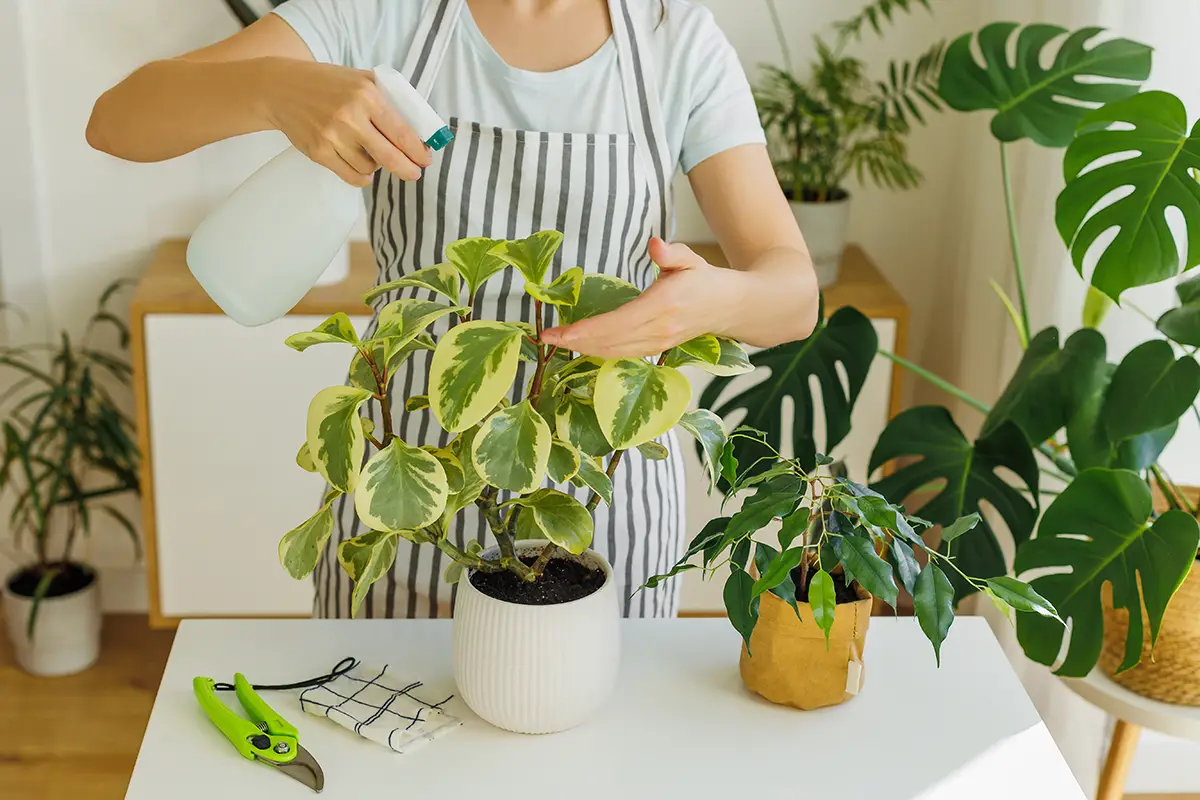
Cleaning around your plant is important, as dust and debris can accumulate in the surrounding area and attract pests. Remove fallen leaves and clean the pot’s rim and saucer. Pay attention to areas where pests may hide, as a clean environment helps maintain a healthy plant.
Don’t Neglect Cleaning Schedule
A regular cleaning schedule is essential, as neglecting cleaning allows dust and pests to build up. Aim to clean your plants at least once a month, and keep track of your cleaning schedule to ensure your plants receive proper care.
Don’t Use Tap Water if It’s Hard
Hard tap water contains minerals. These can build up on leaves and soil, blocking nutrients.
Use filtered or distilled water for cleaning. This prevents mineral buildup. If you must use tap water, let it sit overnight to allow chlorine to evaporate. Reducing mineral content helps keep your plant healthier.
